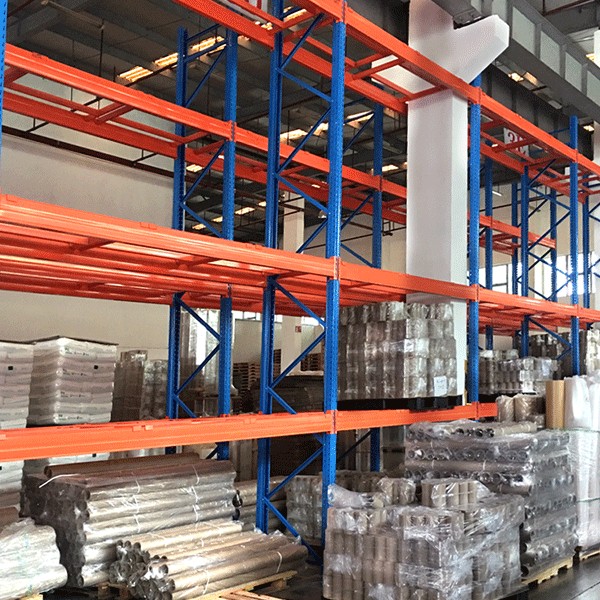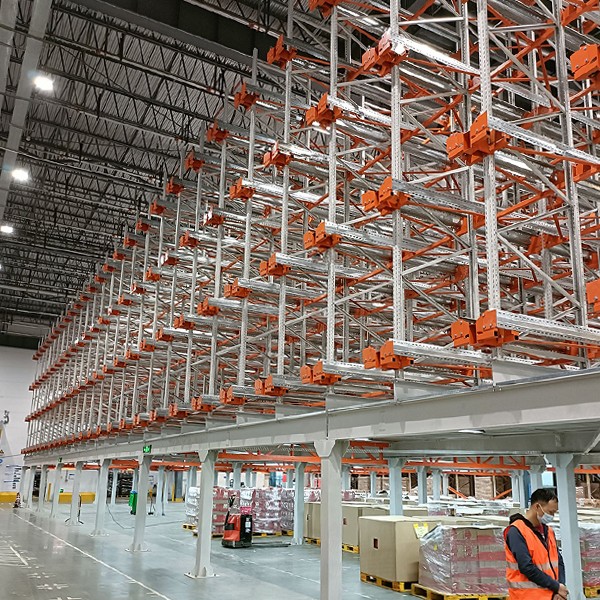 January 13, 2023
January 13, 2023
The difference between automated racks and semi-automated racks
 January 13, 2023
January 13, 2023
 Return
Return
Ordinary shelves can be stored and retrieved manually with forklifts, flat carts and other tools. According to the type of goods stored and the characteristics of the warehouse, you can choose shelves, beam shelves, cantilever shelves, attic shelves, and fluent shelves. The advantages are low cost, flexible access, and the disadvantage is that the warehouse utilization rate is low, and access is completely manual.
Semi-automatic racking is a kind of high-density flexible access by automatic equipment and forklifts through manual operation. The most widely used semi-automatic racks are two shuttle racks, which can greatly improve the utilization rate of warehouses, and increase the storage capacity by 100% compared with ordinary racks. The advantages are low cost, large storage capacity, low efficiency, and intelligent storage of the same batch of products in a single lane.
Fully automated racking is a combination of WMS, WCS, hosts, servers, racks, conveyor lines and various automated single equipment to meet the applicable capacity and access efficiency of the warehouse. The integration of such projects needs to fully consider the warehouse and product characteristics to select the combined product equipment. Automated vertical warehouses are also divided into various types according to different types of equipment. The point-type automatic warehouse has large access capacity and less labor, which can maximize the use of warehouses. The disadvantages are high cost and long construction period.


RECOMMEND INFORMATION
-
The difference between automated racks and semi-automated racksJanuary 13, 2023






